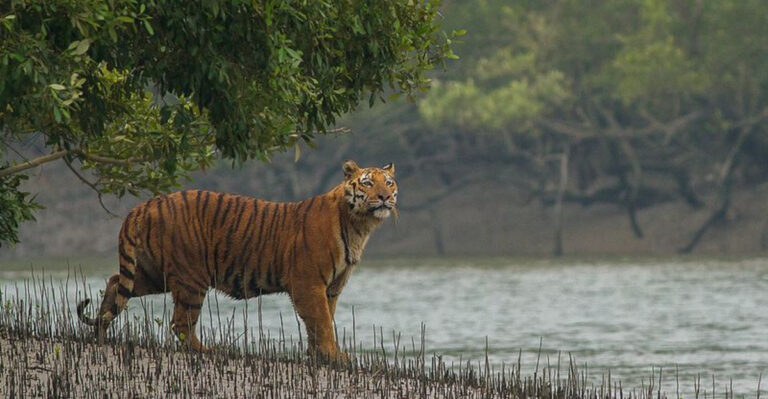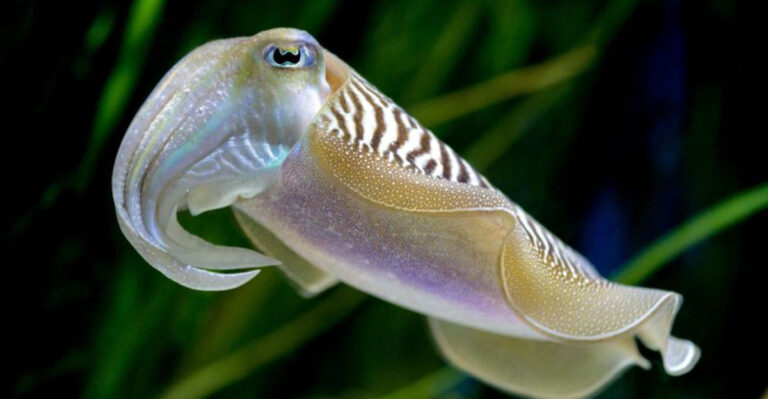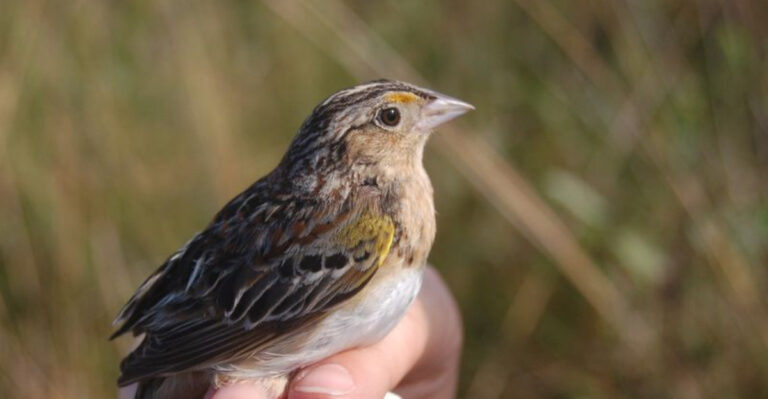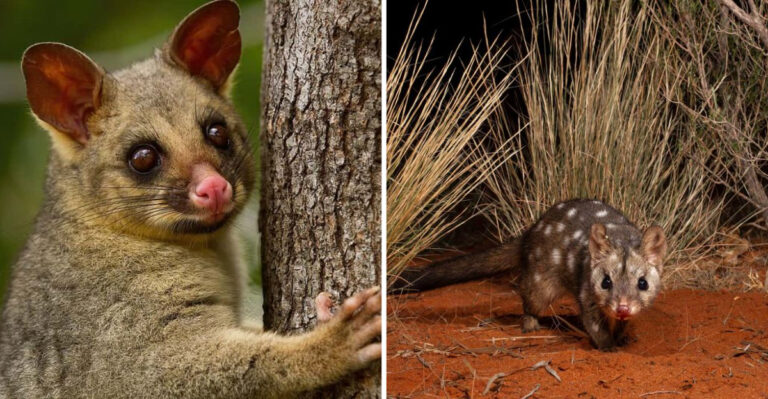14 Hidden Spots In The U.S. To See Rare Wildlife
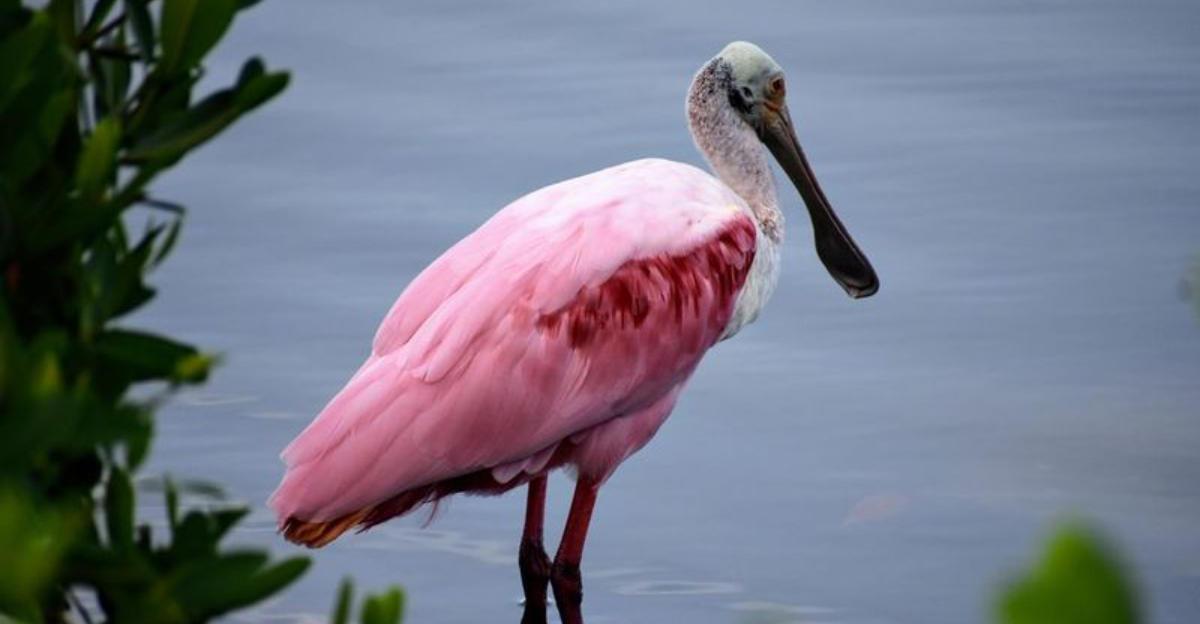
Ever wondered where America’s most elusive creatures hide? Beyond the crowded national parks lie secret havens where you can spot animals most people only see in documentaries.
From remote islands to hidden valleys, these lesser-known locations offer magical encounters with some of our country’s rarest wildlife. Grab your binoculars and discover these hidden gems for unforgettable wildlife watching adventures.
1. Klamath Basin National Wildlife Refuge Complex, Oregon/California
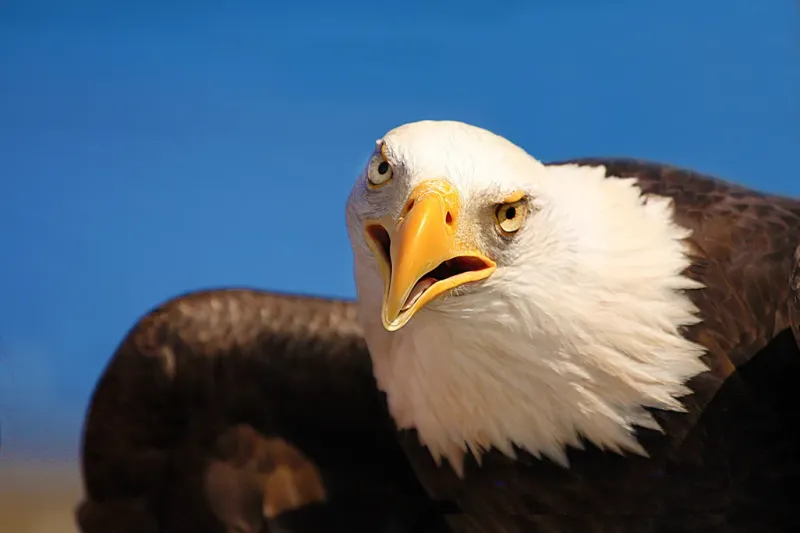
Bald eagles gather here by the hundreds during winter months, creating one of the largest concentrations in the lower 48 states.
The marshlands transform into a spectacular arena where these majestic birds swoop down for fish. Dawn visits offer the best viewing opportunities when eagles are most active. The six refuges within this complex also host rare species like yellow rails and greater sandhill cranes throughout different seasons.
2. Ding Darling National Wildlife Refuge, Sanibel Island, Florida
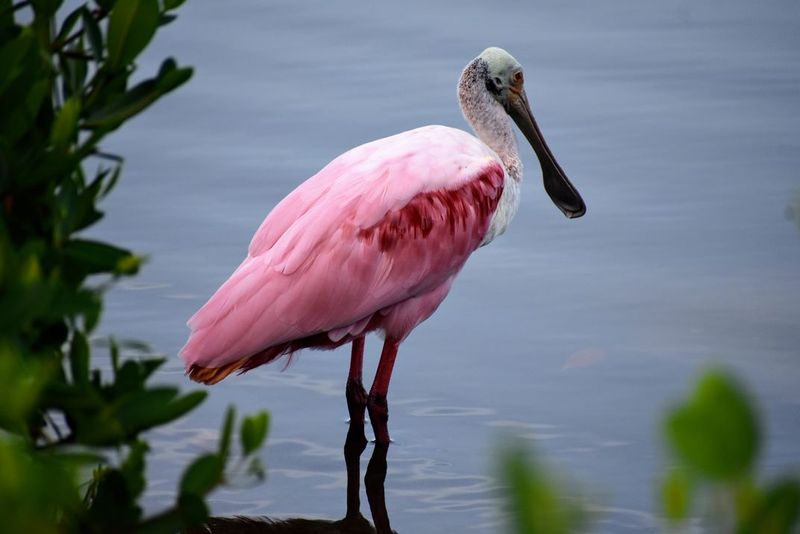
Morning low tides reveal a feeding frenzy few visitors ever witness. Roseate spoonbills swish their distinctive bills through shallow waters, while wood storks stalk the mudflats with prehistoric precision. The refuge’s Wildlife Drive offers exceptional viewing from your car, perfect for stealth photography.
Lucky visitors might spot the elusive mangrove cuckoo, a bird so rare that dedicated birders travel thousands of miles just for a glimpse.
3. Alligator River National Wildlife Refuge, North Carolina
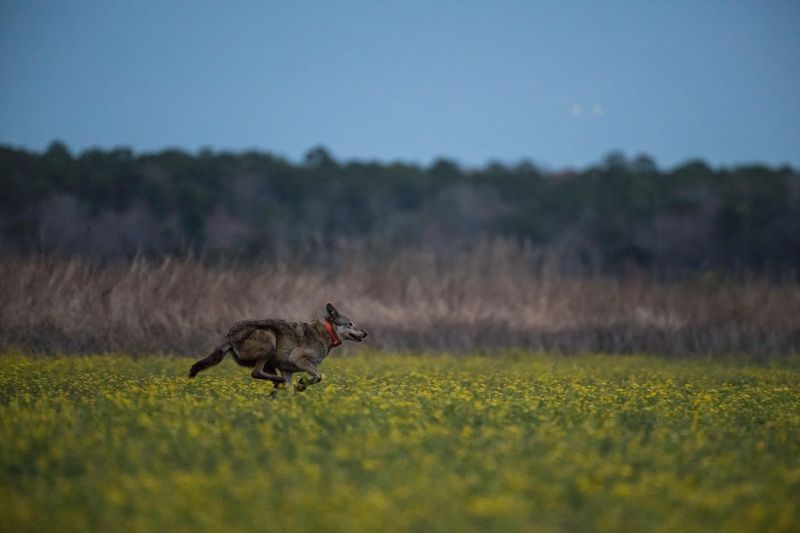
Red wolves prowl these shadowy forests under the cover of darkness. Nearly extinct in the wild, these critically endangered predators maintain their last natural stronghold here, where fewer than 20 remain. Guided howling tours let you experience their haunting calls echoing through the night. The refuge also harbors one of the densest populations of black bears on the East Coast, often spotted in fields during early morning or evening hours.
4. Farallon Islands, California
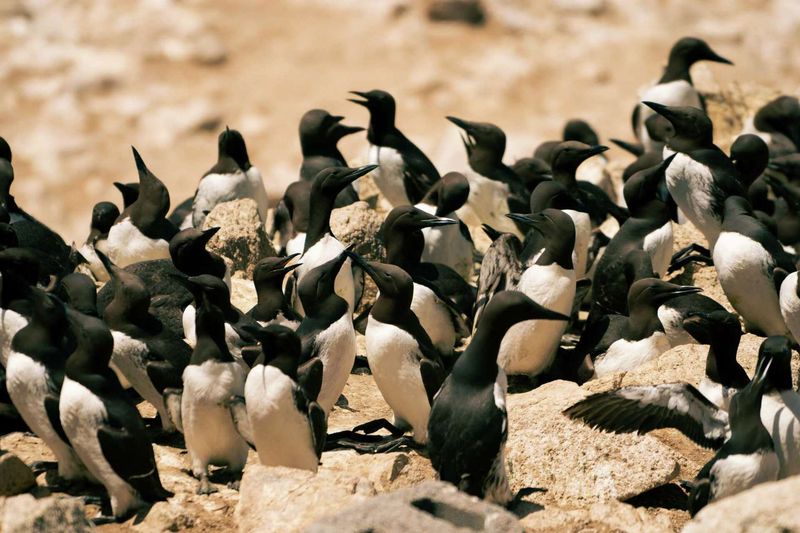
Twenty-seven miles offshore from San Francisco lies a wildlife spectacle few Americans ever see. These jagged islands host the largest seabird colony in the contiguous United States, with over 300,000 birds nesting each spring.
Blue whales – Earth’s largest creatures – feed in surrounding waters during summer months. Special boat tours operate from May through November, offering glimpses of great white sharks hunting elephant seals around these remote, protected islands.
5. Bosque Del Apache National Wildlife Refuge, New Mexico
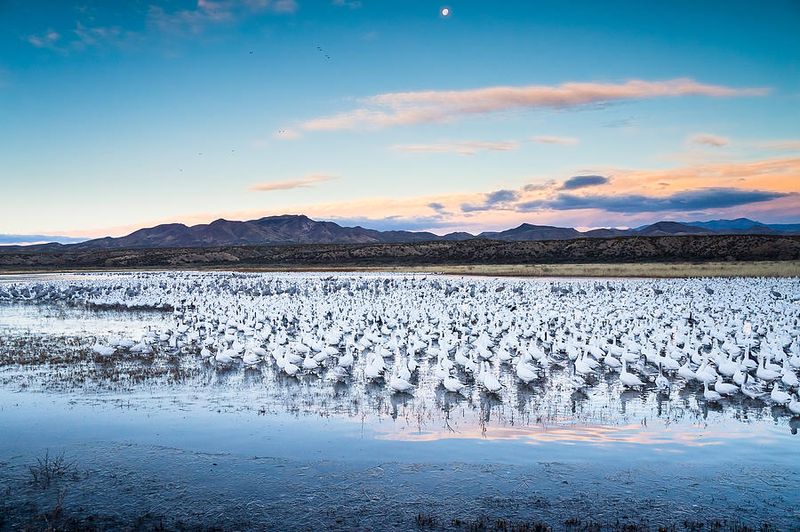
A spectacular dawn ballet unfolds each winter morning as thousands of sandhill cranes and snow geese take flight simultaneously from shallow pools. The thunderous sound of wings and calls fills the crisp desert air.
Photographers line up hours before sunrise for the perfect shot of this mass ascension. The refuge’s carefully managed wetlands in the Chihuahuan Desert also attract rare species like the endangered southwestern willow flycatcher and occasional visiting whooping cranes.
6. Ano Nuevo State Park, California
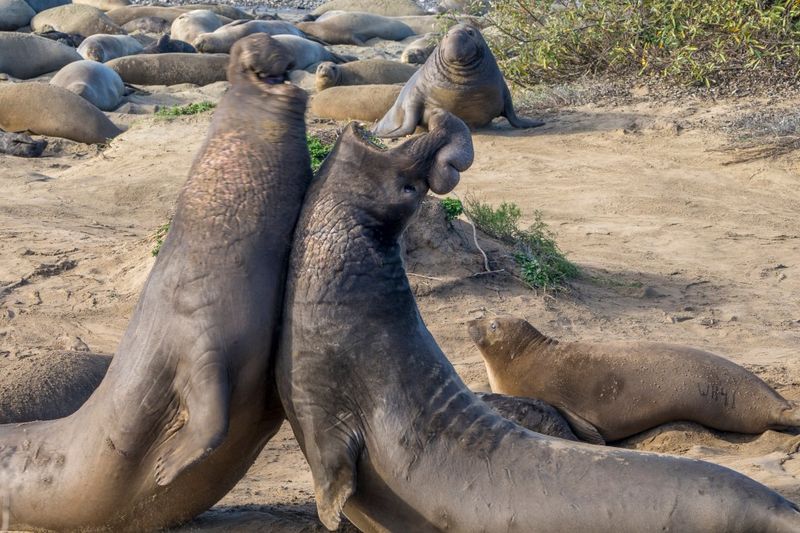
Massive elephant seals battle dramatically on these windswept beaches each winter. Males weighing up to 5,000 pounds slam their bodies together in thunderous contests that shake the ground beneath your feet. Guided walks from December through March provide safe viewing of this remarkable spectacle.
The beaches transform into nurseries by late January when hundreds of pups are born, creating a cacophony of sounds unlike anything you’ve heard before.
7. Kodiak National Wildlife Refuge, Alaska
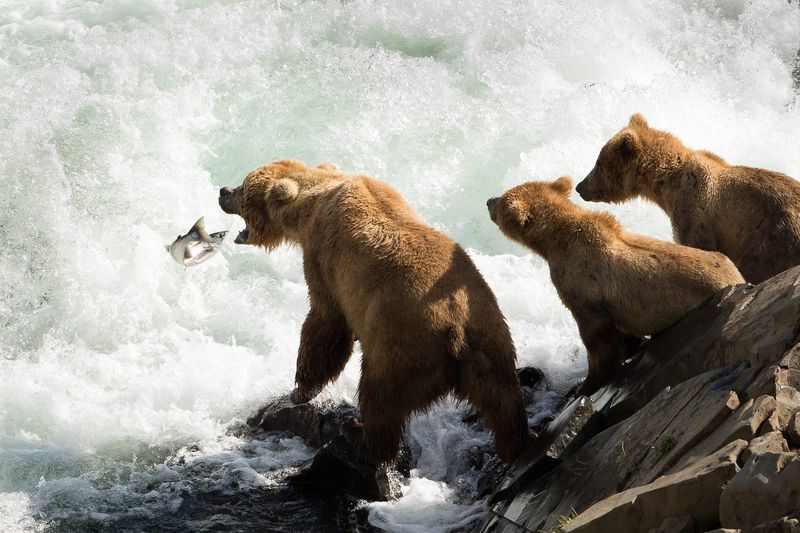
Enormous Kodiak bears – the largest brown bears on Earth – roam this island wilderness far from tourist crowds. Some males stand 10 feet tall and weigh 1,500 pounds, dwarfing their mainland cousins. Remote viewing platforms along salmon streams offer heart-stopping encounters during summer runs.
Float plane trips to Frazer Lake provide opportunities to watch these magnificent creatures fishing at cascades, sometimes just yards away from mesmerized visitors.
8. Beaverhead-Deerlodge National Forest, Montana
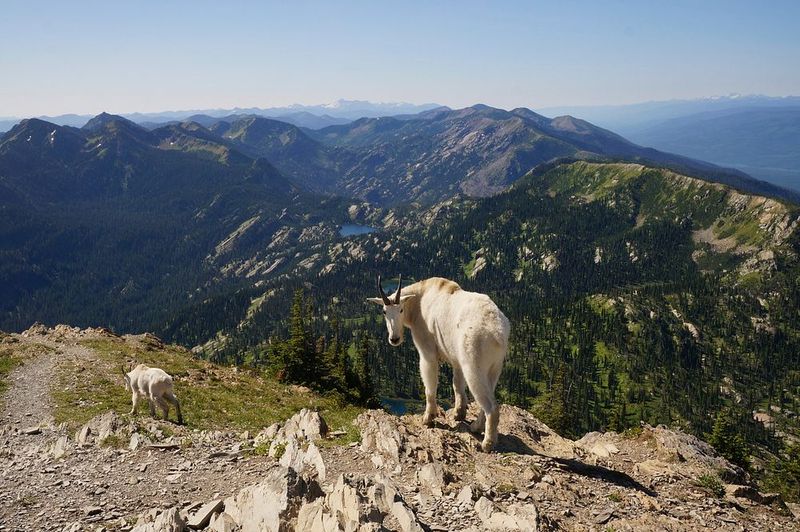
Mountain goats perform gravity-defying feats on vertical cliff faces throughout this vast wilderness. Their stark white coats stand out dramatically against dark rock as they navigate precarious ledges with astonishing ease.
The Goat Flats area offers reliable viewing opportunities without requiring technical climbing skills. Early mornings in summer months provide the best chance to witness nannies teaching kids to navigate their dizzying alpine world, sometimes just feet from hiking trails.
9. J.N. ‘Ding’ Darling National Wildlife Refuge, Florida
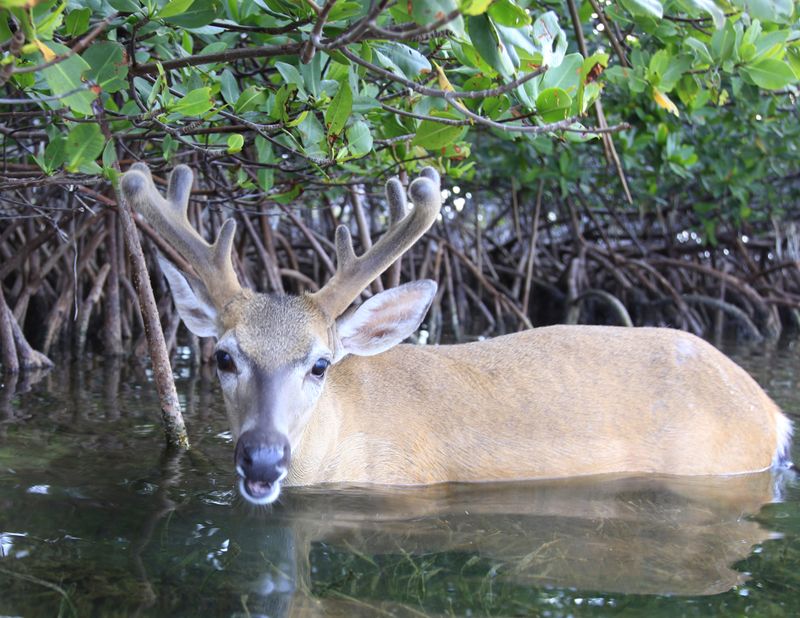
Miniature deer the size of large dogs tiptoe through mangrove forests at dawn and dusk. Key deer, standing just 30 inches tall at the shoulder, exist nowhere else on Earth except this small island chain. The refuge’s backcountry trails offer quiet opportunities to encounter these diminutive creatures.
Despite their small size, males grow impressive antlers relative to their bodies, creating a surreal sight when they appear silently from the dense vegetation.
10. Patagonia-Sonoita Creek Preserve, Arizona
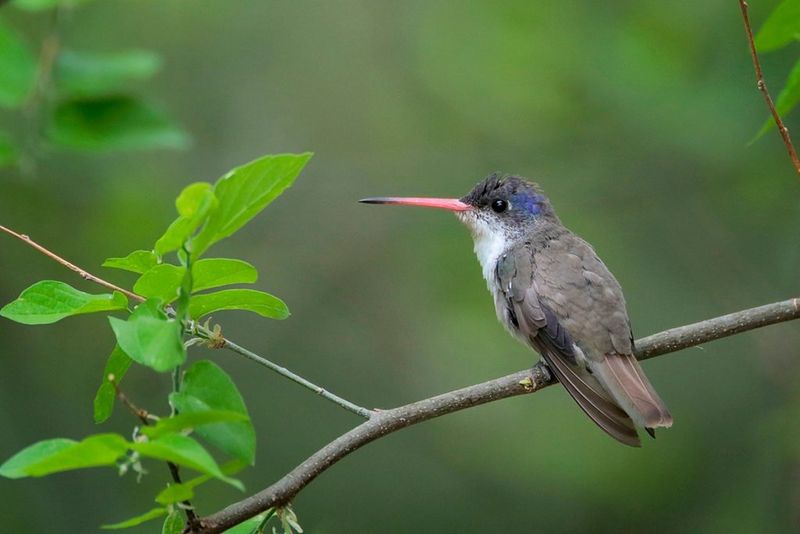
Hummingbirds zoom around like living jewels in this hidden canyon near the Mexican border. Up to 15 species gather here, including the rare violet-crowned hummingbird that barely enters the United States.
The preserve’s unique location creates a biological crossroads where tropical species meet desert dwellers. Patient observers might also spot elusive coatimundis, ring-tailed cats, or even the occasional jaguar that crosses from Mexico into this lush riparian corridor.
11. Shoshone National Forest, Wyoming
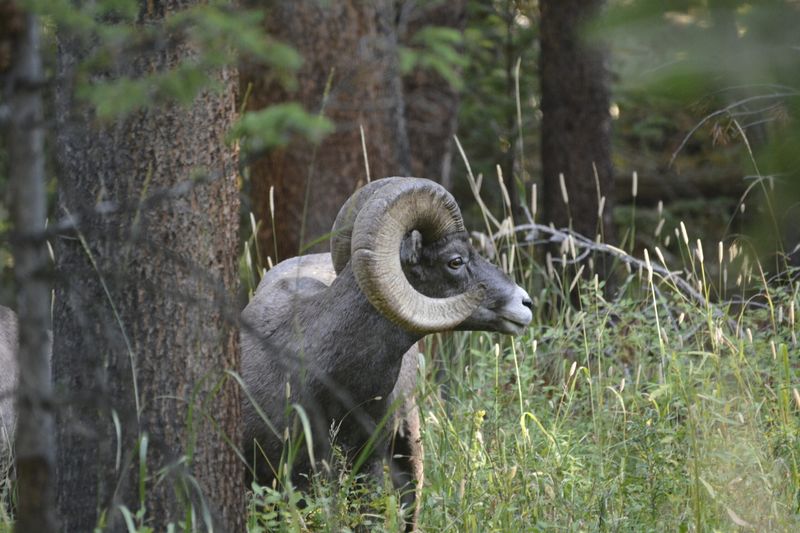
Bighorn sheep perform spectacular head-butting contests on steep mountainsides throughout fall mating season. The sound of their horns colliding echoes through canyons and can be heard from over a mile away.
The Whiskey Mountain area hosts North America’s largest wintering bighorn sheep herd. Patient observers with spotting scopes can witness lambs learning to navigate near-vertical terrain with astonishing agility just weeks after birth.
12. Okefenokee National Wildlife Refuge, Georgia
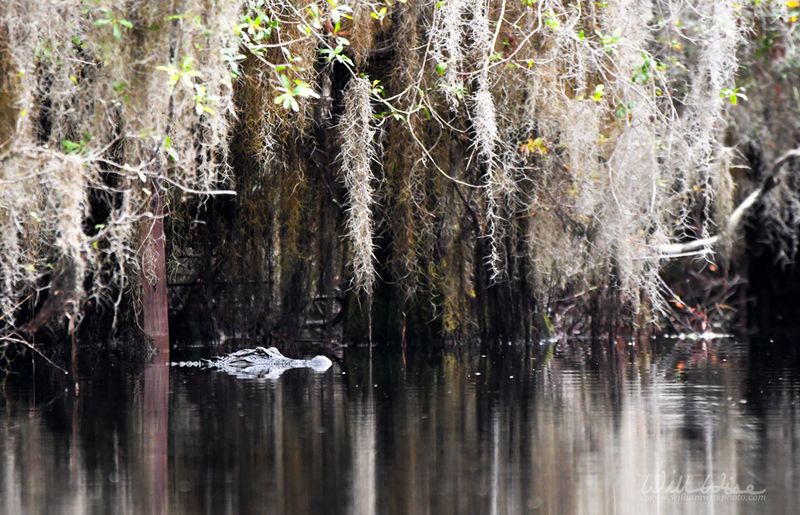
Ancient alligators glide silently through black water swamps beneath Spanish moss-draped cypress trees. Some of these prehistoric reptiles reach lengths of 14 feet and ages exceeding 50 years.
Guided boat tours navigate narrow channels where carnivorous plants trap insects along the edges. Dawn paddles often reveal river otters playing near their dens and the elusive Suwannee cooter turtle basking on logs in this primordial landscape.
13. Kaena Point State Park, Oahu, Hawaii
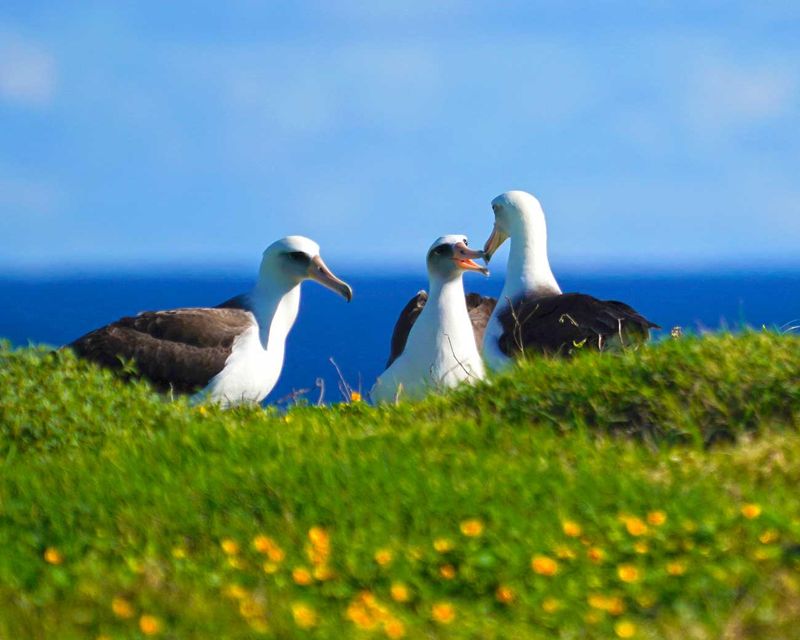
Laysan albatrosses perform elaborate courtship dances on this remote northwestern tip of Oahu. With wingspans exceeding six feet, these magnificent seabirds spend most of their lives over open ocean, touching land only to breed.
The point’s protected status has allowed Hawaiian monk seals – with fewer than 1,400 remaining – to haul out on beaches here. Winter months bring humpback whales close to shore, sometimes breaching just beyond the breaking waves.
14. Conata Basin, Buffalo Gap National Grassland, South Dakota
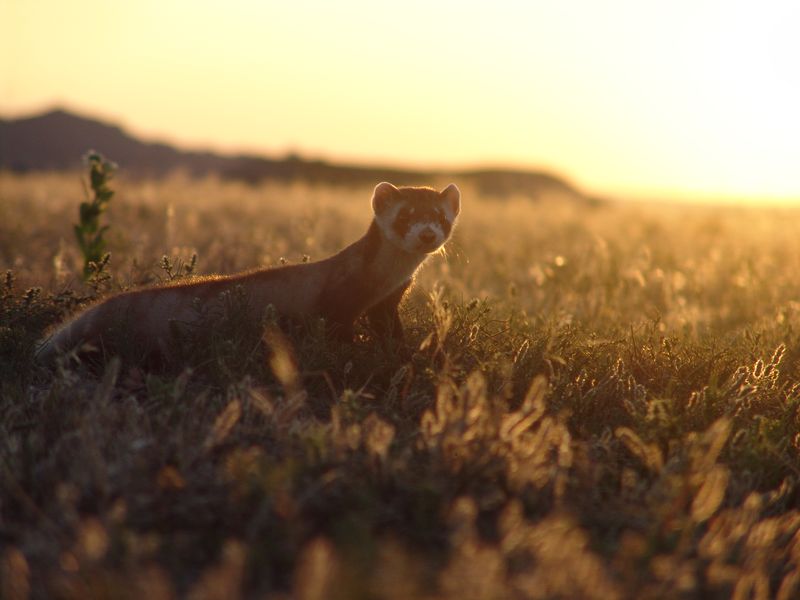
Black-footed ferrets – once declared extinct – slink through prairie dog towns under starlit skies. These masked predators are North America’s most endangered mammal, with fewer than 400 left in the wild.
Night tours with special spotlighting techniques reveal their emerald-green eyeshine. The surrounding grasslands also harbor swift foxes, burrowing owls, and pronghorn antelope racing at speeds approaching 60 mph across the open plains.



